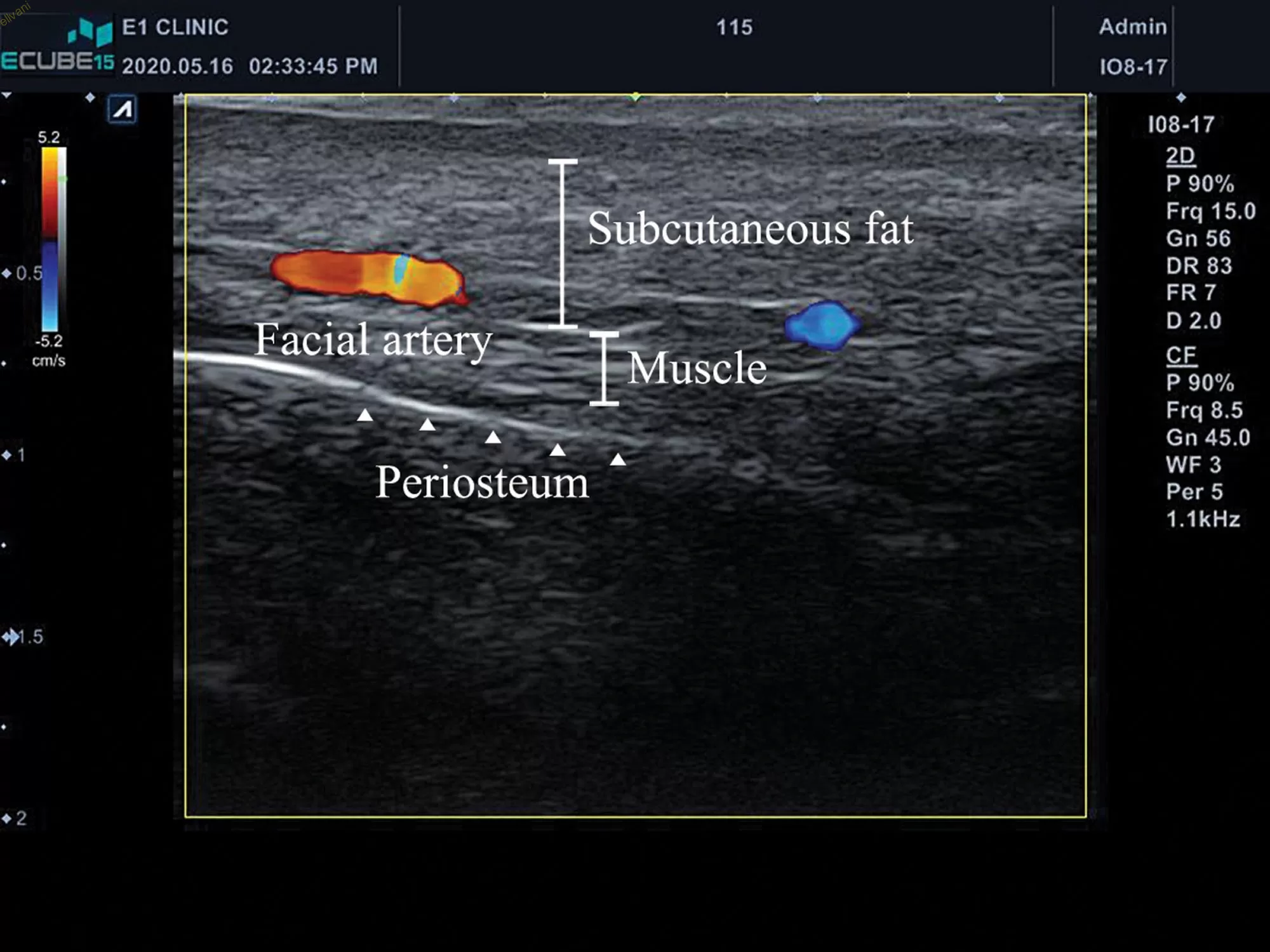A recent exchange in Plastic and Reconstructive Surgery Global Open has brought renewed attention to the injection techniques used for hyaluronic acid fillers in the nasolabial fold (NLF) region. The dialogue highlights both innovative approaches and important safety caveats that practitioners should consider.
In a 2020 article, Dr. Gyu Sik Jung introduced a multilayer injection technique for NLF correction, involving the use of both high and low particle elasticity fillers placed in the supraperiosteal, deep fat, superficial fat, and subdermal layers. Dr. Jung reported improved longevity and aesthetic outcomes in 20 patients with no complications, though he acknowledged a theoretical increase in embolization risk and advised injecting “carefully and slowly” (Jung, 2020).
picture from:
However, in a response published in June 2022, Dr. Won Lee and Dr. Eun-Jung Yang raised important safety concerns regarding this approach. They emphasized that the facial artery, one of the largest facial arteries, is located near the NLF in over 70% of individuals, with 29% traversing the subcutaneous layer—directly in the path of common injection depths (Lee & Yang, 2022).
The authors also cautioned against overconfidence in using blunt cannulas, referencing a 2019 study which found that a 27-gauge cannula can penetrate vessels with similar force as a needle (Pavicic et al., 2019). They further called for clearer communication of filler properties using standardized rheological metrics rather than subjective terms like “high particle elasticity.”
This academic exchange underscores a key development in aesthetic medicine: the shift toward ultrasound-guided procedures and heightened anatomical awareness to prevent vascular complications such as necrosis or blindness. Dr. Lee and Dr. Yang advocate for the use of Doppler ultrasound when injecting high-risk zones like the NLF (Lee et al., 2021).
Wellvani supports ongoing education in injection safety and emphasizes that practitioner training, knowledge of facial anatomy, and use of appropriate imaging technology are essential to minimizing risks associated with dermal fillers.
🔍 Interested medical professionals can access the full articles here:
-
Jung GS. Plast Reconstr Surg Glob Open. 2020;8:e3318.
-
Lee W, Yang EJ. Plast Reconstr Surg Glob Open. 2022;10:e4376.
Post time: 2025-09-10 11:31:34

